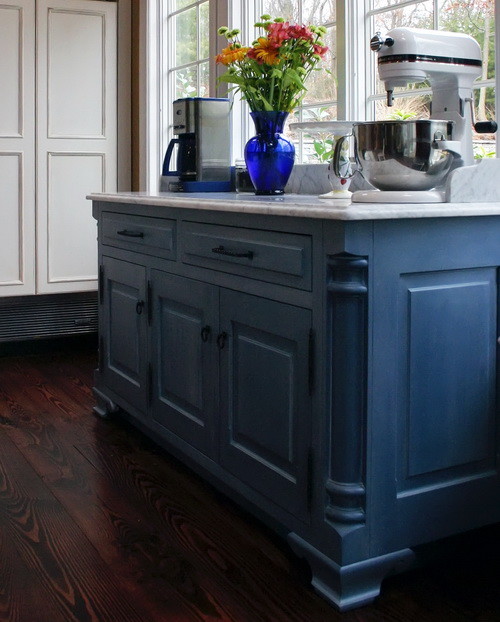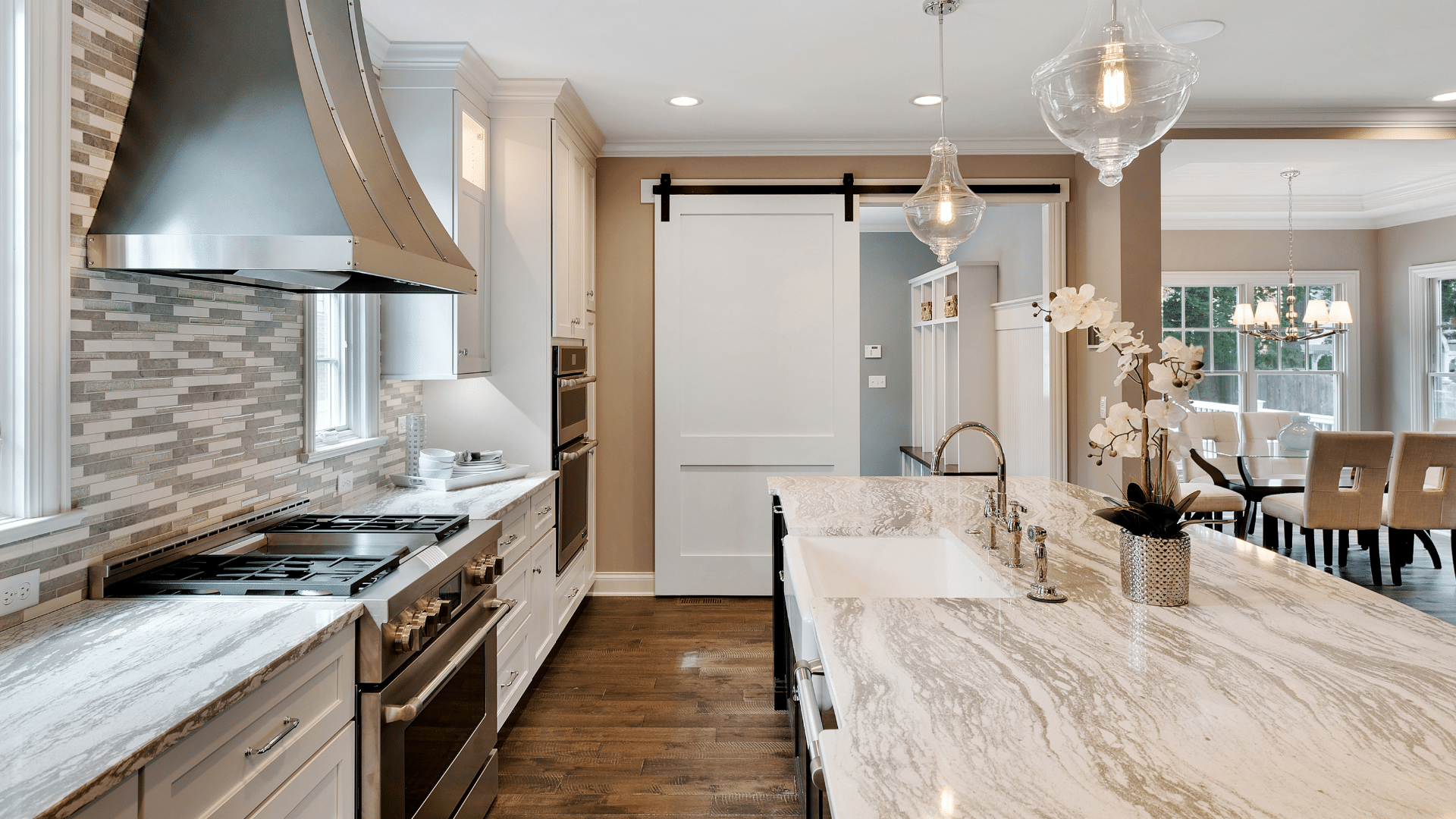Stylish Kitchen Island Legs: Boost Your Kitchen Layout
Stylish Kitchen Island Legs: Boost Your Kitchen Layout
Blog Article
Vital Tips for Selecting the Perfect Table for Your Cooking Area
Selecting the best eating table for your kitchen is more than just a matter of taste; it demands a complete understanding of your room and demands. The shape of the table plays a critical function; while rectangle-shaped tables suit bigger locations, round ones foster intimacy, and extendable choices provide versatility. The table must integrate with your kitchen's aesthetics and accommodate your family conveniently.
Step Your Area
Choosing the optimal eating table starts with a precise evaluation of your available room. This foundational step guarantees that the table not only fits easily within the room but likewise complements the total design and functionality of your dining location.
Take into consideration the circulation of movement around the table. It is vital to leave appropriate room for chairs to be taken out and for individuals to walk around the table without blockage. A general general rule is to allow at the very least 36 inches of clearance from the edge of the table to the local wall or furniture. This ensures ease of access and convenience during dishes.
Furthermore, think of the variety of individuals you typically entertain and whether you require added area for guests. Selecting an extendable table can give versatility, enabling you to accommodate varying varieties of restaurants. By properly measuring your room, you lay the foundation for choosing a dining table that boosts both the aesthetic appeals and performance of your eating area.
Select the Right Shape

On the other hand, round tables are superb for smaller sized kitchen areas or intimate events, as they promote conversation by permitting every person to deal with each various other. They additionally provide a sense of comfort and can fit well in tighter rooms because of their absence of sharp edges. Oval tables provide the very best of both globes, integrating the size of rectangle-shaped tables with the intimacy of rounded ones, making them functional for various settings.
Square tables are another option, specifically matched for square-shaped spaces. They develop a modern and balanced appearance, cultivating an equivalent dining experience for all seated.
Product Considerations
When selecting an eating table, product factors to consider are vital in identifying the table's resilience, upkeep demands, and general visual. Wood is a timeless selection, providing classic charm and effectiveness.
Glass-topped tables supply a modern, continue reading this smooth appearance and can make a room appear bigger because of their transparency. They call for constant cleaning to avoid spots and finger prints. Additionally, toughened up glass is advised for its added strength and safety.

Last but not least, composite products like MDF (Medium-Density Fiber board) or plywood are economical alternatives. These materials can imitate the appearance of strong wood however may not offer the same longevity. They are generally easier to tidy yet can be prone to water damages otherwise effectively secured.
Eventually, the selection of material ought to align with your kitchen's design, your way of life needs, and your budget restraints. (kitchen island legs)
Seats Capability and Convenience
How do you establish the ideal seating capacity and comfort for your dining table? For a family members of four, a rectangular table of 48 inches long or a round table with a 48-inch size is usually adequate.
Convenience is equally vital. The height of the table ought to ideally be around 30 inches, giving a balanced ergonomic stance for seated diners. Chairs must sit height of 18 to 20 inches to guarantee a comfy eating position. Additionally, take into consideration the chair style; encouraging back-rests and upholstered seats can improve eating comfort dramatically, specifically throughout long term dishes.
Design and Visual Appeal
Picking a table that suits your style and visual appeal involves stabilizing personal taste with the existing style of your dining room. The eating table is often the centerpiece of the kitchen area, and its design needs to enhance the general theme of the room. Whether your cooking area flaunts a contemporary, minimal look or a rustic, farmhouse beauty, the table you choose need to balance with these components to produce a natural and inviting atmosphere.
Take into consideration products carefully; timber uses a timeless appeal and can vary from abundant mahogany for a traditional seek to lighter oak for a modern feel. Steel and glass tables, on the various other hand, can introduce a streamlined, commercial edge to your kitchen area. Do not ignore the table's form-- rectangular tables are functional and classic, while round and oval alternatives can promote an extra intimate eating experience.
Furthermore, pay attention to surfaces and information. A troubled coating may add character and heat, whereas a find more info shiny surface area can contribute to a clean, contemporary visual. Ultimately, your dining table should not only fit seamlessly into your kitchen area's style yet additionally reflect your individual design, boosting the space both functionally and visually.
Conclusion
In final thought, selecting the perfect dining table for a cooking area demands cautious examination of space, shape, material, seating ability, and visual consistency. Eventually, an appropriate dining table cultivates a welcoming atmosphere and accommodates the household easily, thus improving the dining experience.

When choosing a dining table, product factors to consider are critical in identifying the table's durability, upkeep requirements, and general visual. For a family of four, a rectangular table of 48 inches long or a round table with a 48-inch diameter is usually adequate.
Don't forget the table's form-- rectangular tables are traditional and versatile, while round and oblong choices can cultivate address an extra intimate dining experience. kitchen island legs.
Report this page